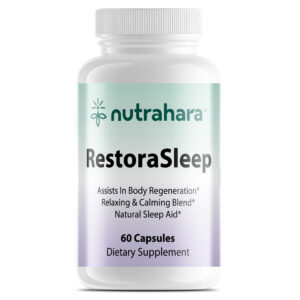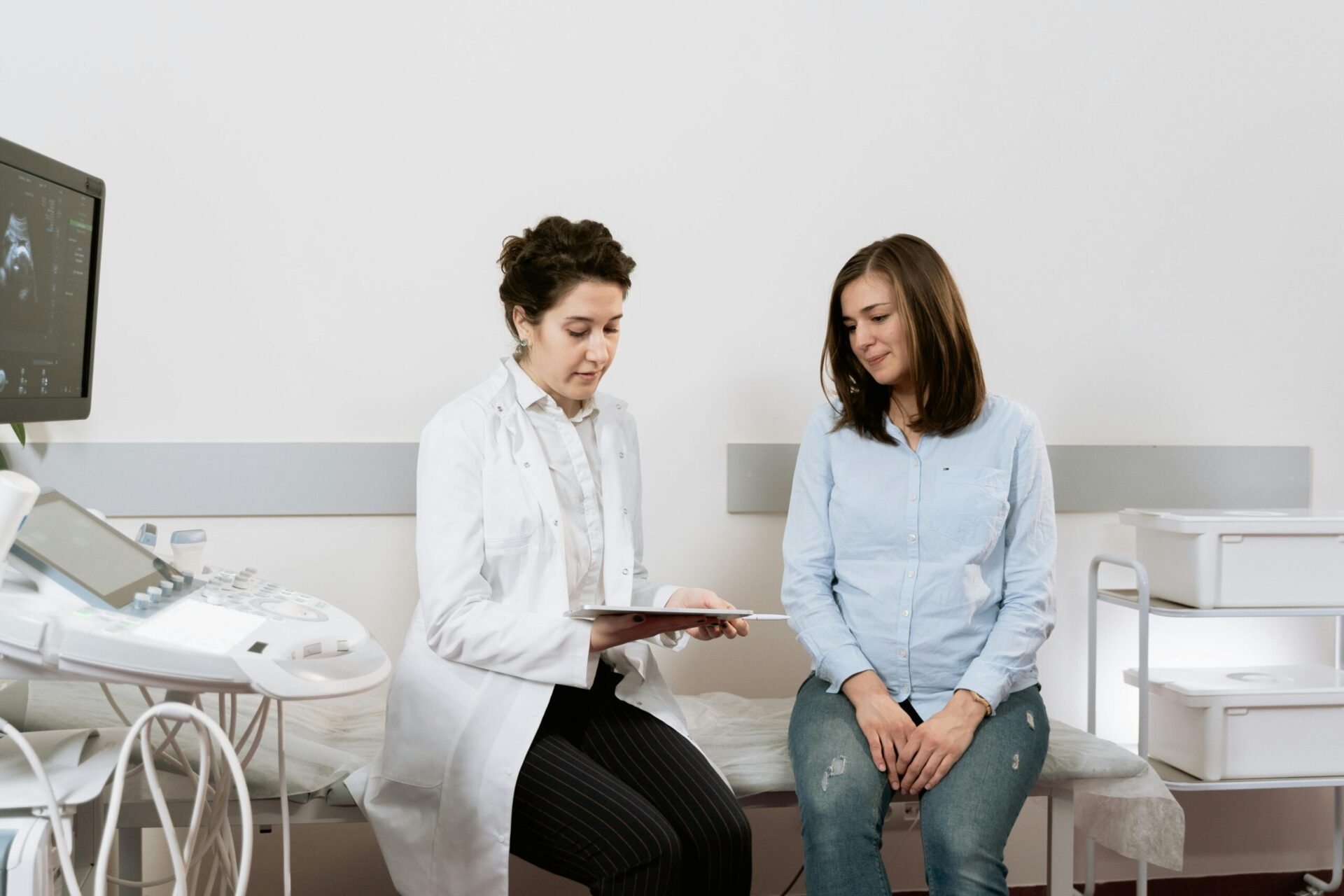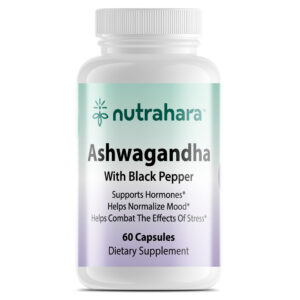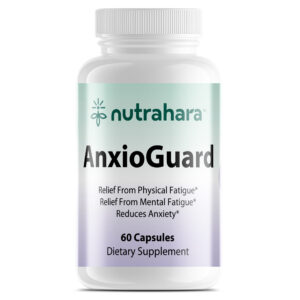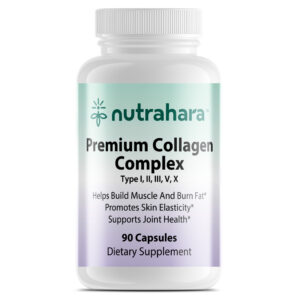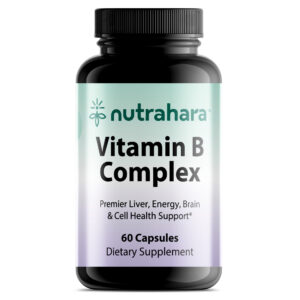Unveiling Endometriosis Early Symptoms

Introduction
Endometriosis, a condition affecting millions of women globally, remains a significant yet often misunderstood health challenge. Beyond its well-documented symptoms of pelvic pain and fertility issues, endometriosis profoundly impacts women’s physical and mental well-being across various life stages—from menstruation to menopause. Despite its prevalence, there’s a critical need to delve deeper into lesser-discussed aspects of this condition to empower women with comprehensive knowledge and support.
This article seeks to go beyond conventional discussions by exploring nuanced perspectives on endometriosis, including its diverse symptomatology, underrecognized impacts on mental health, and holistic management strategies seldom highlighted in mainstream discourse. By emphasizing the intersection of physical and emotional health, we aim to provide women aged 30 to 60 with actionable insights and evidence-based information to navigate their endometriosis journey with confidence and resilience.
Section 1: Understanding Endometriosis
Endometriosis is a complex and often debilitating condition characterized by the growth of endometrial-like tissue outside the uterus. This tissue, similar to the lining of the uterus, can implant and grow on pelvic organs such as the ovaries, fallopian tubes, and bowel. Unlike normal endometrial tissue that sheds during menstruation, the displaced tissue has no way to exit the body, leading to inflammation, scar tissue formation, and severe pain.
What is Endometriosis?
Endometriosis involves the presence of endometrial-like tissue outside the uterus, leading to various symptoms and complications. According to the Cleveland Clinic, this condition affects about 10% of women of reproductive age. Learn more about endometriosis.
Key Points to Consider:
Symptoms: Endometriosis can cause:
- Severe pelvic pain, especially during menstruation
- Heavy menstrual bleeding
- Pain during intercourse
- Chronic pelvic pain not associated with menstruation
Impact on Daily Life: Beyond physical symptoms, endometriosis can:
- Affect mental health, causing anxiety and depression due to chronic pain
- Disrupt daily activities, including work and social life
- Lead to fertility challenges, making conception difficult for some women
Variability in Symptoms:
The symptoms of endometriosis can vary widely among women, with some experiencing mild discomfort while others endure debilitating pain. Understanding these variations is crucial for accurate diagnosis and personalized treatment plans.
Challenges in Diagnosis:
Diagnosing endometriosis can be challenging due to its nonspecific symptoms and the need for invasive procedures like laparoscopy for confirmation. Many women face delays in diagnosis, impacting their access to timely treatment and support.
Holistic View of Endometriosis:
Taking a holistic approach to managing endometriosis involves addressing not just physical symptoms but also emotional and psychological well-being. This includes:
- Integrating stress management techniques such as yoga and meditation
- Adopting an anti-inflammatory diet to reduce symptoms
- Seeking support from healthcare professionals specializing in women’s health and endometriosis management
By expanding our understanding of endometriosis beyond its physical manifestations, we can better support women in managing this complex condition effectively.
Section 2: Endometriosis Early Symptoms
Endometriosis manifests through various symptoms that can range from mild discomfort to severe pain and infertility issues. Recognizing endometriosis early symptoms is crucial for early diagnosis and effective management of the condition.
Endometriosis Early Symptoms
Identifying endometriosis early symptoms can be challenging as they often mimic other menstrual or gastrointestinal issues. According to Wooster Community Hospital, symptoms can vary widely in intensity and presentation. Learn more about early signs of endometriosis.
Common Symptoms Include:
- Pelvic Pain: Persistent, cramping pelvic pain that may worsen during menstruation.
- Menstrual Irregularities: Heavy periods (menorrhagia), irregular bleeding, or spotting between periods.
- Painful Intercourse: Dyspareunia, pain during or after sexual intercourse due to inflammation or scar tissue.
- Painful Bowel Movements or Urination: Especially during menstruation, caused by endometrial tissue affecting nearby organs.
Variability in Symptom Presentation
Endometriosis early symptoms can vary significantly among women. Some may experience mild discomfort, while others endure debilitating pain impacting daily life and activities. Understanding this variability is crucial for accurate diagnosis and tailored treatment plans.
Impact on Quality of Life
Beyond physical discomfort, endometriosis can affect emotional and mental well-being:
- Chronic Pain: Persistent pain can lead to anxiety, depression, and decreased quality of life.
- Fertility Concerns: Difficulty conceiving due to endometrial tissue affecting reproductive organs.
- Social and Work Life: Managing symptoms can disrupt daily activities, including work productivity and social engagements.
Seeking Medical Advice
Women experiencing persistent pelvic pain or menstrual irregularities should seek medical evaluation for timely diagnosis and management. Early intervention can help alleviate symptoms and improve long-term outcomes for women with endometriosis.
Understanding the diverse symptoms associated with endometriosis empowers women to advocate for their health and seek appropriate medical care promptly.
Section 3: Causes and Risk Factors
Understanding the underlying causes and risk factors associated with endometriosis can provide valuable insights into its development and management. While the exact cause remains unclear, several factors may contribute to the onset of this condition.
What Causes Endometriosis?
The precise cause of endometriosis is not fully understood, but several theories exist:
- Retrograde Menstruation: Menstrual blood containing endometrial cells flows backward into the pelvic cavity instead of exiting the body through the vagina.
- Embryonic Cell Transformation: Hormonal changes during puberty may transform embryonic cells into endometrial-like cell implants in the pelvic cavity.
- Surgical Scars: Following surgeries such as cesarean sections or hysterectomies, endometrial cells may attach to surgical incision sites and grow outside the uterus.
- Immune System Disorders: Issues with the immune system may prevent the body from recognizing and eliminating misplaced endometrial tissue.
Risk Factors for Endometriosis
Several factors may increase the risk of developing endometriosis:
- Family History: Women with close relatives (mother, sister) with endometriosis are more likely to develop the condition.
- Menstrual History: Short menstrual cycles (less than 27 days) or longer menstrual periods (more than 7 days) may increase risk.
- Delayed Childbirth or Never Giving Birth: Women who have not had children or who had their first child after age 30 may be at higher risk.
- Uterine Abnormalities: Structural abnormalities of the uterus or reproductive organs can increase susceptibility to endometriosis.
Hormonal and Environmental Factors
- Estrogen Levels: Endometriosis is estrogen-dependent, and higher lifetime exposure to estrogen may contribute to its development.
- Environmental Exposures: Exposure to certain environmental toxins or chemicals may increase the risk of developing endometriosis.
Section 4: Diagnosis of Endometriosis
Diagnosing endometriosis can be challenging due to its varied symptoms and the absence of definitive diagnostic tests. Healthcare providers typically rely on a combination of medical history, symptom assessment, and diagnostic procedures to confirm a diagnosis.
Diagnostic Methods
Several methods may be used to diagnose endometriosis:
- Medical History and Symptom Assessment: Healthcare providers begin with a thorough review of the patient’s medical history, including symptoms such as pelvic pain, menstrual irregularities, and fertility concerns.
- Pelvic Exam: A pelvic examination may detect abnormalities such as cysts or scar tissue behind the uterus, although it cannot definitively diagnose endometriosis
- Ultrasound: Transvaginal ultrasound may identify ovarian cysts or other abnormalities associated with endometriosis, but it cannot confirm the presence of endometrial implants.
- MRI (Magnetic Resonance Imaging): MRI may provide more detailed images of pelvic structures, aiding in the detection of deep infiltrating endometriosis.
- Laparoscopy: The gold standard for diagnosing endometriosis involves a minimally invasive surgical procedure called laparoscopy:
- A laparoscope (a thin, lighted instrument) is inserted through a small incision near the navel to visualize pelvic organs and identify endometrial implants.
- During laparoscopy, tissue samples (biopsies) may be taken for further examination to confirm the presence of endometriosis.
Challenges and Considerations
- Nonspecific Symptoms: Endometriosis symptoms overlap with other gynecological conditions, making diagnosis challenging without surgical confirmation.
- Delay in Diagnosis: Many women experience delays in diagnosis due to under-recognition of symptoms or the need for invasive diagnostic procedures like laparoscopy.
- Patient Advocacy: Advocating for timely evaluation and consultation with healthcare providers specializing in endometriosis can facilitate earlier diagnosis and management.
Importance of Early Diagnosis
Early diagnosis of endometriosis is crucial for:
- Implementing timely management strategies to alleviate symptoms and improve quality of life.
- Addressing fertility concerns and discussing reproductive options with healthcare providers.
- Providing emotional support and education to empower women in managing their condition effectively.
Section 5: Treatment Approaches for Endometriosis
Treatment strategies for endometriosis focus on managing symptoms, reducing inflammation, and improving overall quality of life. The choice of treatment depends on the severity of symptoms, the woman’s age, desire for future fertility, and response to previous treatments.
Medical Treatments
Medical interventions aim to alleviate pain and control the progression of endometriosis:
Pain Medications:
- Nonsteroidal Anti-Inflammatory Drugs (NSAIDs): Over-the-counter NSAIDs like ibuprofen can help relieve menstrual cramps and pelvic pain.
- Acetaminophen: Another option for pain relief, especially for women who cannot take NSAIDs.
Hormonal Therapies:
- Birth Control Pills: Oral contraceptives can regulate menstrual cycles and reduce the severity of symptoms.
- Hormonal IUD (Intrauterine Device): Releases progestin locally to reduce menstrual flow and pain.
- GnRH Agonists: Hormonal injections or nasal sprays that reduce estrogen levels and suppress menstruation, providing temporary relief.
Surgical Treatments
Surgery may be recommended for women with severe symptoms or those desiring fertility:
Laparoscopic Surgery:
- Excision Surgery: Removal of endometrial implants and scar tissue through minimally invasive laparoscopic techniques.
- Laparotomy: Open abdominal surgery for extensive cases or when laparoscopy is not feasible.
Hysterectomy:
- Total Hysterectomy: Removal of the uterus.
- Hysterectomy with Bilateral Salpingo-Oophorectomy: Removal of the uterus, fallopian tubes, and ovaries. This option is typically considered for women with severe symptoms who do not desire future pregnancy.
Complementary and Lifestyle Approaches
Integrating complementary therapies and lifestyle modifications can enhance treatment outcomes:
Pain Management Techniques:
- Heat Therapy: Applying heat to the abdomen can alleviate pelvic pain and muscle tension.
- Physical Therapy: Exercises to improve pelvic floor strength and flexibility, reducing pain and discomfort.
Nutritional Support:
- Anti-inflammatory Diet: Emphasizing fruits, vegetables, whole grains, and lean proteins to reduce inflammation.
- Supplements: Omega-3 fatty acids, vitamin D, and turmeric may have anti-inflammatory properties beneficial for managing endometriosis symptoms.
Patient-Centered Care
Effective management of endometriosis requires a personalized approach:
- Shared Decision-Making: Collaborating with healthcare providers to tailor treatment plans based on individual symptoms and goals.
- Emotional Support: Providing resources and support networks to address the emotional impact of chronic pain and fertility concerns.
Section 6: Lifestyle and Self-Care Tips
In addition to medical and surgical treatments, adopting healthy lifestyle habits and self-care practices can significantly improve the management of endometriosis symptoms and enhance overall well-being.
Diet and Nutrition
Maintaining a balanced diet can help reduce inflammation and support hormonal balance:

Anti-inflammatory Foods:
- Incorporate foods rich in omega-3 fatty acids (e.g., salmon, flaxseeds), antioxidants (e.g., berries, leafy greens), and fiber.
- Limit or avoid processed foods, excess sugars, and caffeine, which can exacerbate inflammation.
Exercise and Physical Activity
Regular physical activity offers numerous benefits for women with endometriosis:

Low-Impact Exercises:
- Engage in activities such as walking, swimming, yoga, or Pilates to improve circulation, reduce stress, and alleviate pain.
- Avoid high-impact exercises that may strain pelvic muscles and exacerbate symptoms.
Stress Management
Reducing stress levels is crucial in managing endometriosis symptoms:

Relaxation Techniques:
- Practice deep breathing exercises, meditation, or mindfulness to promote relaxation and reduce pain perception.
- Incorporate stress-reducing activities such as journaling, listening to music, or spending time in nature.
Quality Sleep
Establishing healthy sleep habits can support overall well-being:

Sleep Hygiene Practices:
- Maintain a regular sleep schedule, aiming for 7-9 hours of quality sleep each night.
- Create a comfortable sleep environment, minimizing exposure to screens and distractions before bedtime.
Pain Management Strategies
Explore non-medical approaches to alleviate pelvic pain and discomfort:
Heat Therapy:
- Apply a heating pad or warm compress to the abdomen to relax muscles and reduce pain during menstruation.
Alternative Therapies:
- Consider acupuncture, acupressure, or massage therapy to relieve muscle tension and promote relaxation.
Supportive Undergarments
Choosing comfortable and supportive clothing can alleviate pelvic pressure and discomfort:
Underwear Choices:
- Opt for breathable fabrics and underwear styles that provide adequate support without constricting the abdomen.
Tracking Symptoms
Maintaining a symptom diary can help identify triggers and patterns:
Symptom Tracking:
- Record menstrual cycles, pain levels, dietary intake, and lifestyle factors to better understand symptom fluctuations.
- Share insights with healthcare providers to inform treatment decisions and adjustments.
Section 7: Holistic Approaches and Alternative Therapies
In addition to conventional medical treatments, exploring holistic approaches and alternative therapies can provide complementary benefits in managing endometriosis symptoms and improving overall quality of life.
Anti-inflammatory Diet
Adopting an anti-inflammatory diet can help reduce inflammation and support immune function:
Key Dietary Considerations:
- Emphasize whole foods, including fruits, vegetables, whole grains, and healthy fats (e.g., olive oil, avocados).
- Incorporate foods rich in antioxidants and omega-3 fatty acids to combat inflammation.
Herbal Remedies and Supplements
Certain herbs and supplements may offer natural relief from endometriosis symptoms:
Common Herbal Remedies:
- Turmeric: Known for its anti-inflammatory properties, turmeric may help reduce pelvic pain and inflammation.
- Ginger: Has natural pain-relieving properties and may alleviate menstrual cramps.
- Omega-3 fatty acids, vitamin D, and magnesium supplements may support overall health and symptom management.
Acupuncture and Acupressure
Traditional Chinese medicine practices like acupuncture and acupressure focus on restoring energy balance and promoting healing:
- Acupuncture: Involves inserting fine needles into specific points on the body to alleviate pain and promote relaxation.
- Acupressure: Applying pressure to these same points can achieve similar therapeutic effects, aiding in pain management and stress reduction.
Mind-Body Therapies
Mindfulness-based practices can help women with endometriosis manage pain and improve emotional well-being:
- Yoga: Gentle yoga poses and stretches can improve flexibility, reduce muscle tension, and alleviate pelvic pain.
- Meditation: Mindfulness meditation techniques promote relaxation, reduce stress, and enhance pain coping mechanisms.
Massage Therapy
Therapeutic massage can provide relief from muscular tension and pain associated with endometriosis:
- Techniques: Gentle abdominal massage and myofascial release techniques can alleviate pelvic pain and improve blood flow to affected areas.
Integrative Care Approach
Integrating holistic therapies with conventional treatments offers a comprehensive approach to managing endometriosis:
- Collaborative Care: Work with healthcare providers specializing in integrative medicine to develop personalized treatment plans.
- Education and Support: Access reputable resources and support networks to empower informed decision-making and enhance overall well-being.
Conclusion
Endometriosis is a complex and often challenging condition that affects millions of women worldwide. From its elusive causes to its diverse symptomatology, managing endometriosis requires a multifaceted approach that integrates medical treatments, lifestyle modifications, and holistic therapies.
Throughout this article, we’ve explored the symptoms, causes, diagnosis, treatment options, and holistic approaches associated with endometriosis. Recognizing the early signs and symptoms, understanding risk factors, and seeking timely medical evaluation are crucial steps in achieving early diagnosis and effective management.
Medical interventions such as pain medications, hormonal therapies, and surgical procedures aim to alleviate symptoms and improve quality of life. Complementary strategies like adopting an anti-inflammatory diet, engaging in regular exercise, and practicing stress management techniques offer additional support in symptom management and overall well-being.
Holistic approaches and alternative therapies, including acupuncture, herbal remedies, and mind-body practices, provide valuable adjuncts to conventional treatments, promoting holistic health and empowering women in their journey with endometriosis.
By fostering awareness, advocating for early diagnosis, and embracing a comprehensive approach to care, women with endometriosis can navigate their health journey with resilience and empowerment. Together with healthcare providers and supportive networks, women can optimize their treatment strategies and improve their quality of life despite the challenges posed by this chronic condition.
Written by the Nutrahara Team
This article was prepared by the expert team at Nutrahara, which includes experienced nutrition scientists and naturopaths dedicated to advancing women’s health through natural wellness solutions. We combine scientific research with holistic practices to help you live your healthiest life. Connect with us on LinkedIn to stay updated on the latest in women’s health and wellness.

